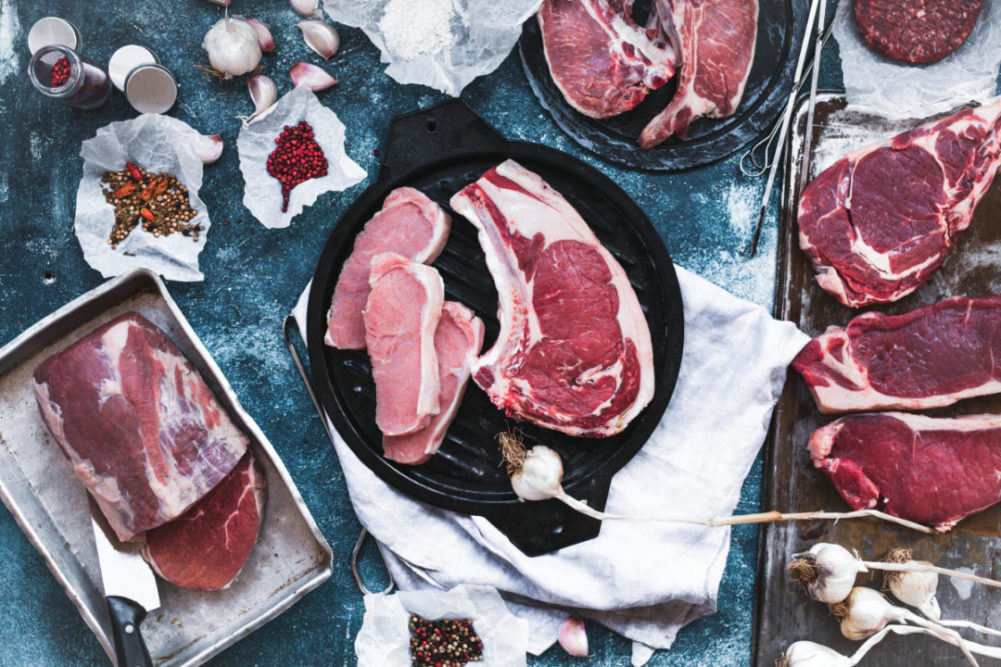HOUSTON – A Rabobank report identified how the beef supply chain sees shifts in live cattle and retail beef price ratio.
In the latest analysis titled, “Beef Supply in a Post-Covid World,” RaboResearch shared how beef demand will remain high over the next few years but not without some changes in the market.
“While a cattle producer has little or no control over what happens in the beef supply chain post-harvest, it will be important for livestock producers to be aware of changes occurring throughout the supply chain,” said report author, Don Close, senior animal protein analyst with Rabo AgriFinance. “Any changes, any inventory building, any additional controls and inspections could have a direct impact on the total cost of beef to the end user, which could change historical norms for live-to-wholesale and live-to-retail price spreads.”
The report explained that meat processors, distributors and retailers are looking to build supply resiliency into the beef supply chain to reduce having empty grocery store shelves in the future.
Rabobank noted that some major drivers for these changes include automation in packing plants to increase the efficiency of the labor force.
“The initial introduction of advanced technology will not serve as a replacement for labor,” the report said. “It will serve to make labor more efficient. However, the transformation toward greater automation will require a workforce with different skill sets or extensive retraining.”
According to the report, the beef industry is considering opportunities for packaging technology that extends shelf life for retailers while also meeting sustainability expectations.
The analysis also pointed to government and investor-led sustainability demand and how documentation and verification methods will affect the supply chain.
The report also explored overhauling transportation system technology and infrastructure to reduce carbon emissions and the risk of backlogs.
“The challenge of finding and retaining a ready workforce has increased labor costs to the tipping point where investments into technology, robotics and software advancements become economical,” Close added. “Anything that de-risks packers from becoming a dam that slows the flow of market-ready cattle is a win for cattle producers.”


